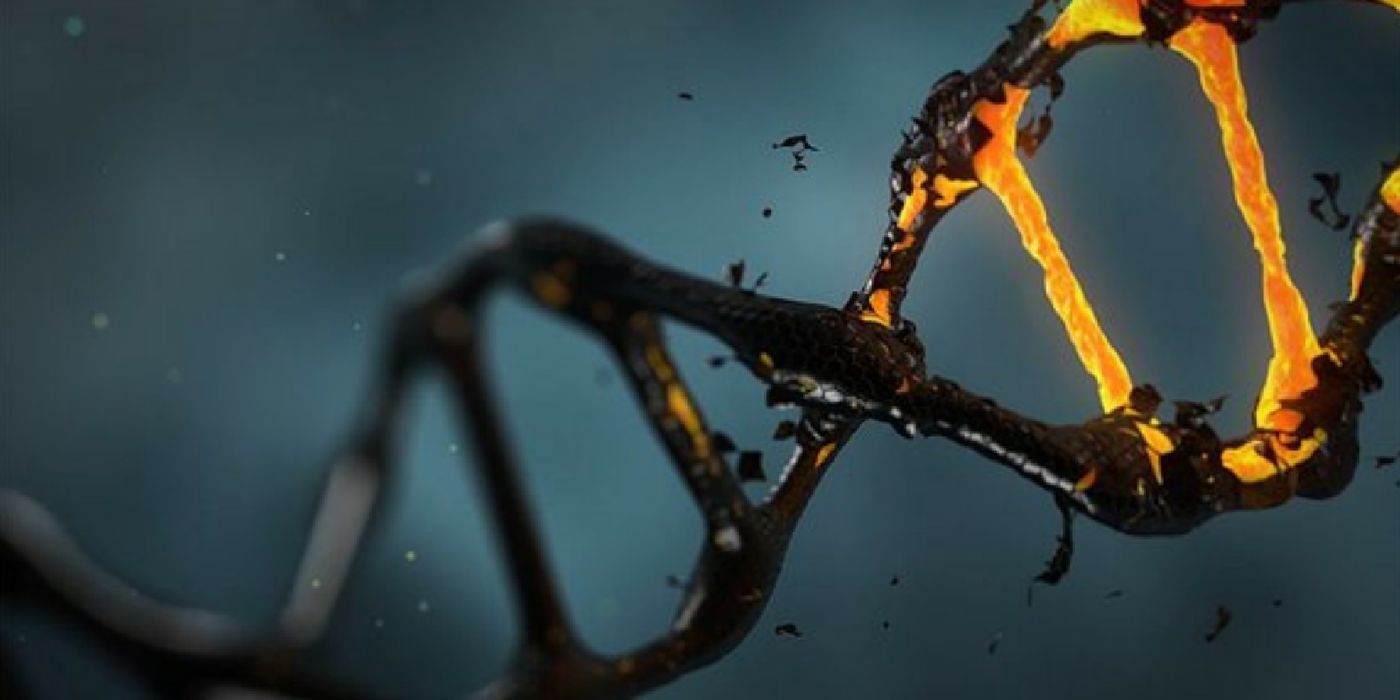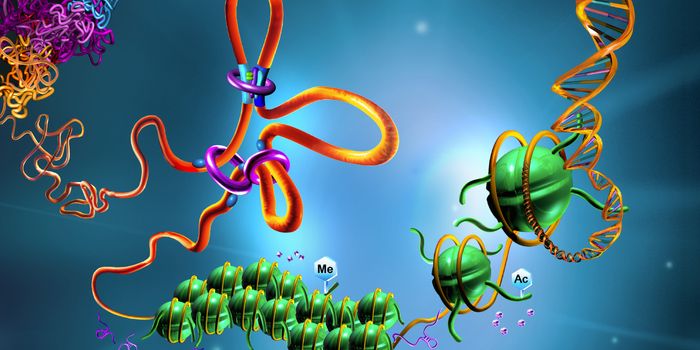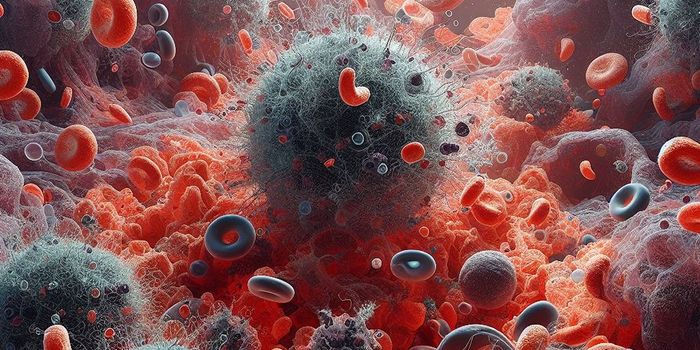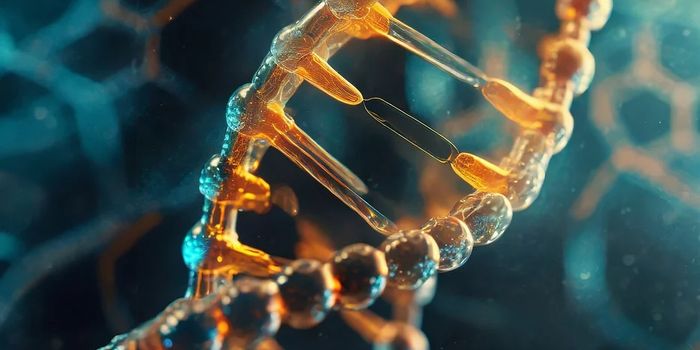Not all mutations lead to cancer, but there are some that can cause DNA to scramble beyond recognition, forming massive tumors. Recently, scientists at The Scripps Research Institute (TRSI) identified a mutation that acts in concert with another accomplice to cause cancer. The findings may also elucidate new ways to kill these cells by targeting a related enzyme.

At the end of our chromosomes are protective caps called telomeres. These caps prevent damage to the DNA coiled into the chromosome structure. Proteins that protect the caps come from a gene known as Protection of Telomeres 1, or POT1. Without the caps, chromosomes are susceptible to illegitimate shuffling that is catastrophic to the cells’ survival.
Cells that lack normal POT1 proteins opt for death rather than endanger subsequent mutations to future generations. As such, when cells experience irreparable stress related to POT1, it activates the enzyme known as ATR that signals programmed cell death.
But in some cancer types, cells lived on despite carrying mutated versions of POT1. "Somehow those cells found a way to survive - and thrive," said Eros Lazzerini Denchi, TRSI professor and co-leader of the study. "We thought that if we could understand how that happens, maybe we could find a way to kills those cells."
When they dug deeper behind the mechanism of the cancer cell’s survival, they found an accomplice: p53 mutations.
"We've found the mechanism through which this mutation leads to a scrambling of the genome," said Denchi. "That's when you get really massive tumors."
The gene p53 is a well-known tumor suppressor gene that’s also dubbed “the guardian of the genome.” Its name derives from its normal functions in preventing genome mutations. And when p53 is mutated, the cells’ genetic defense against cancer is lost, which leads to cancer events. P53 is the most frequently mutated gene in human cancers.
On its own, p53 mutations allow cancer cells to acquire mutations and overrides the ATR signal that would cause cell death. In conjunction with POT1 mutations, chromosomes loose their protective end-caps, causing drastic DNA rearrangements and scrambling. Thus, together POT1 and p53 mutations significantly increase the accumulation rate of mutations, making the cancer cells more resistant and aggressive.
"The cells no longer have the mechanism for dying, and mice develop really aggressive thymic lymphomas," said Denchi.
Knowing the mechanism behind these cancer cells’ survival has lead to a new potential target: the enzyme ATR. Since all cells die without ATR, the team hopes to find drugs that knock out ATR in cancer cells and force them to die. They will test these therapies in future follow-up studies.
Additional source: The Scripps Research Institute
-
APR 30, 2024Immuno-Oncology Virtual Event Series 2024
-
MAY 07, 20243rd International Biosecurity Virtual Symposium
-
JUN 06, 2024The Future of Scientific Conferencing
- See More

















































